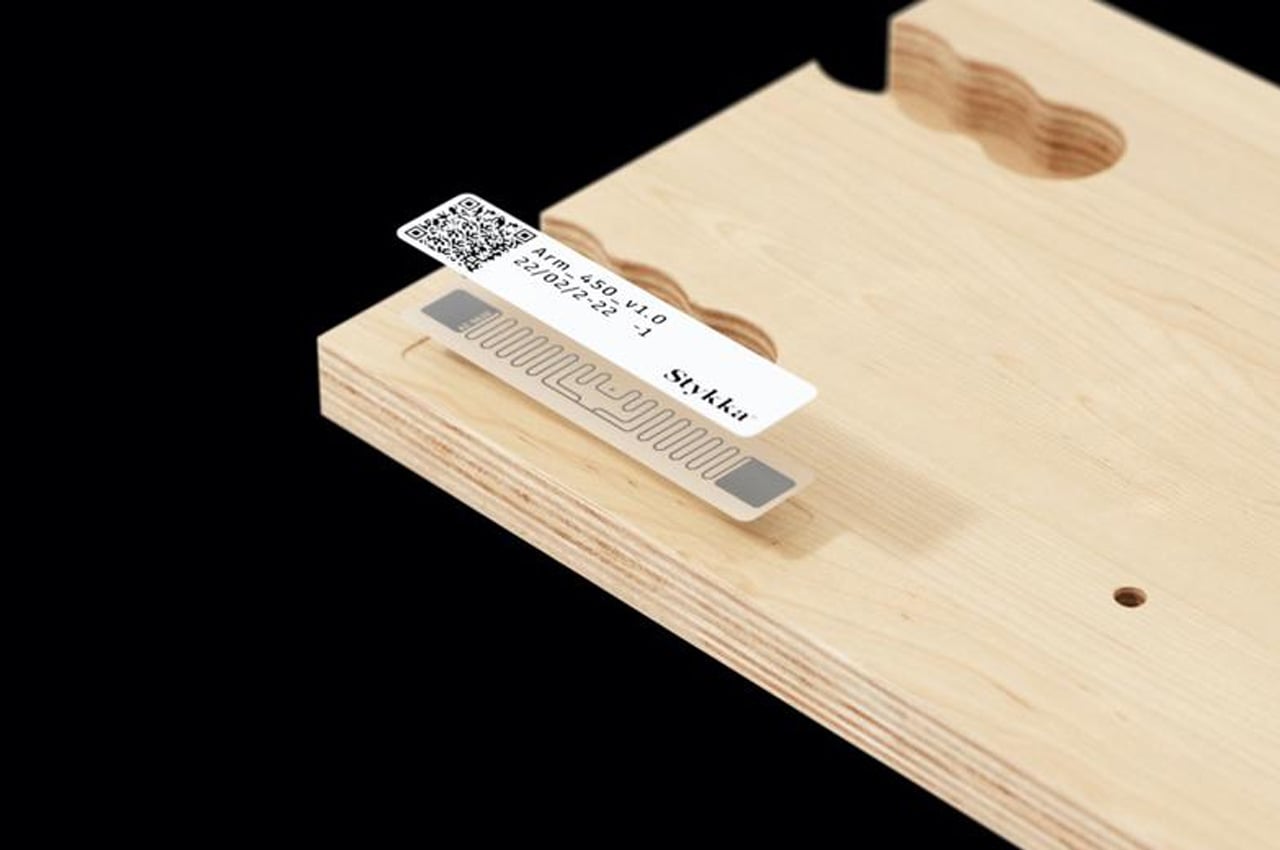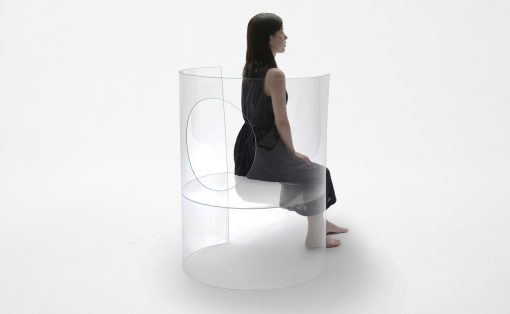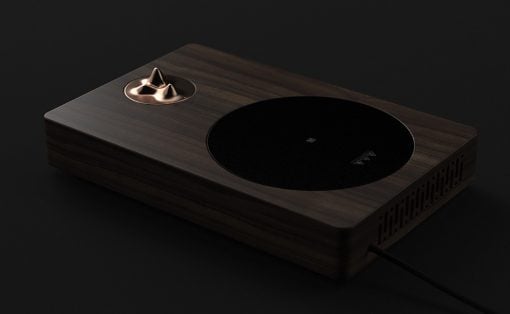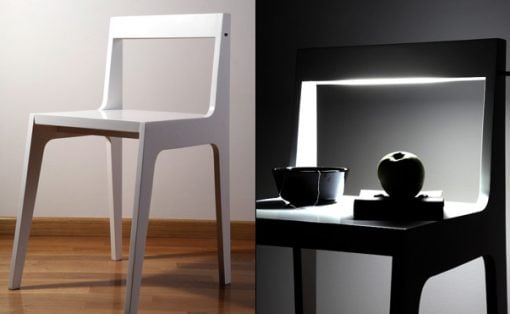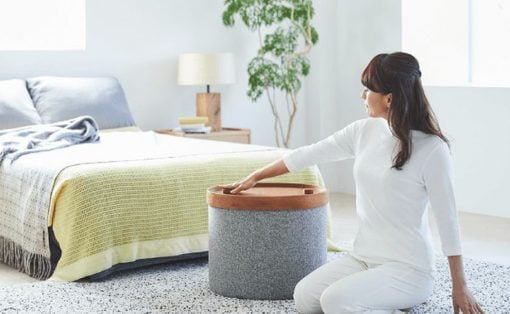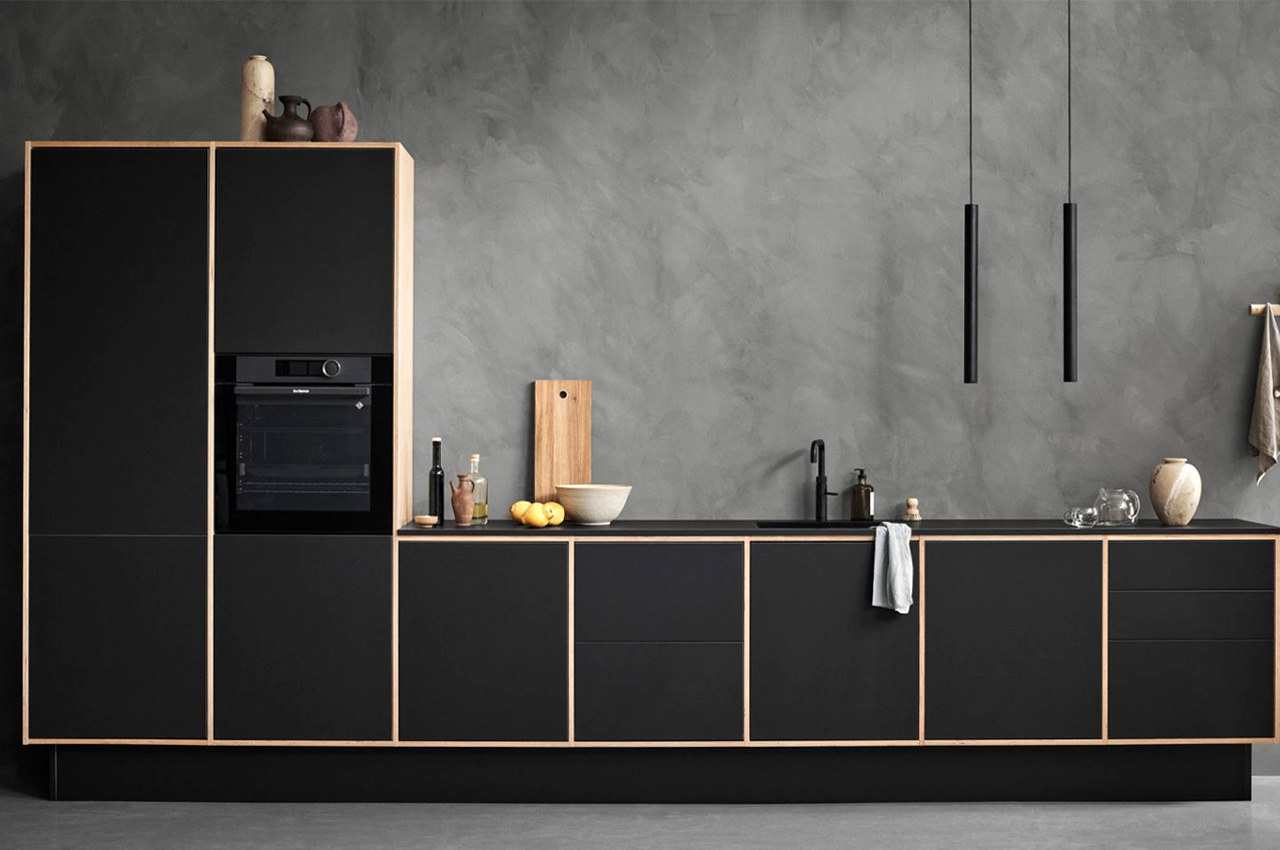
Today, almost everything or everyone has gone green, whether it involves wearing clothes created from bio textiles or using gadgets powered by solar energy – sustainability is running high on everyone’s mind, and we’re always using/looking for an eco-friendly alternative to the mass-produced designs we’ve grown so accustomed to. So, why should kitchens be an exception? How about transforming our kitchens into sustainable spaces as well? Seems like Danish startup Stykka comes from the same school of thought since they designed their innovative ‘LoopKitchen’.
Designer: Stykka
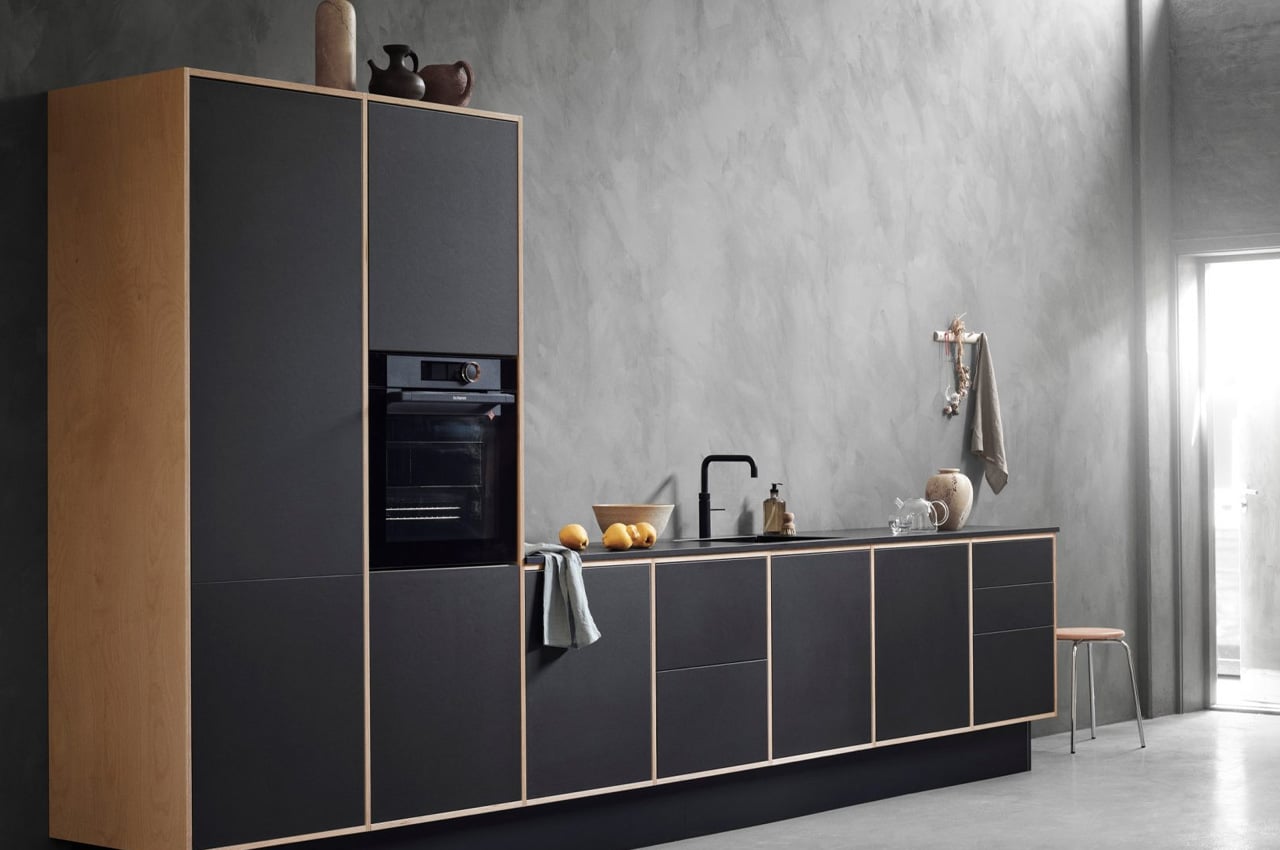
“In order to transition to a more sustainable way of consumption we need to make products that are designed for circularity that can be repaired and hence prolong the lifespan of the products,” said Stykka. Crafted from birch plywood, LoopKitchen is a minimal and contemporary kitchen designed with recyclable parts, in an attempt to increase its lifespan. Although LoopKitchen is built primarily from birch plywood, the kitchen fronts can be finished in birch as well, or a Forbo linoleum which is available in 20 colors.
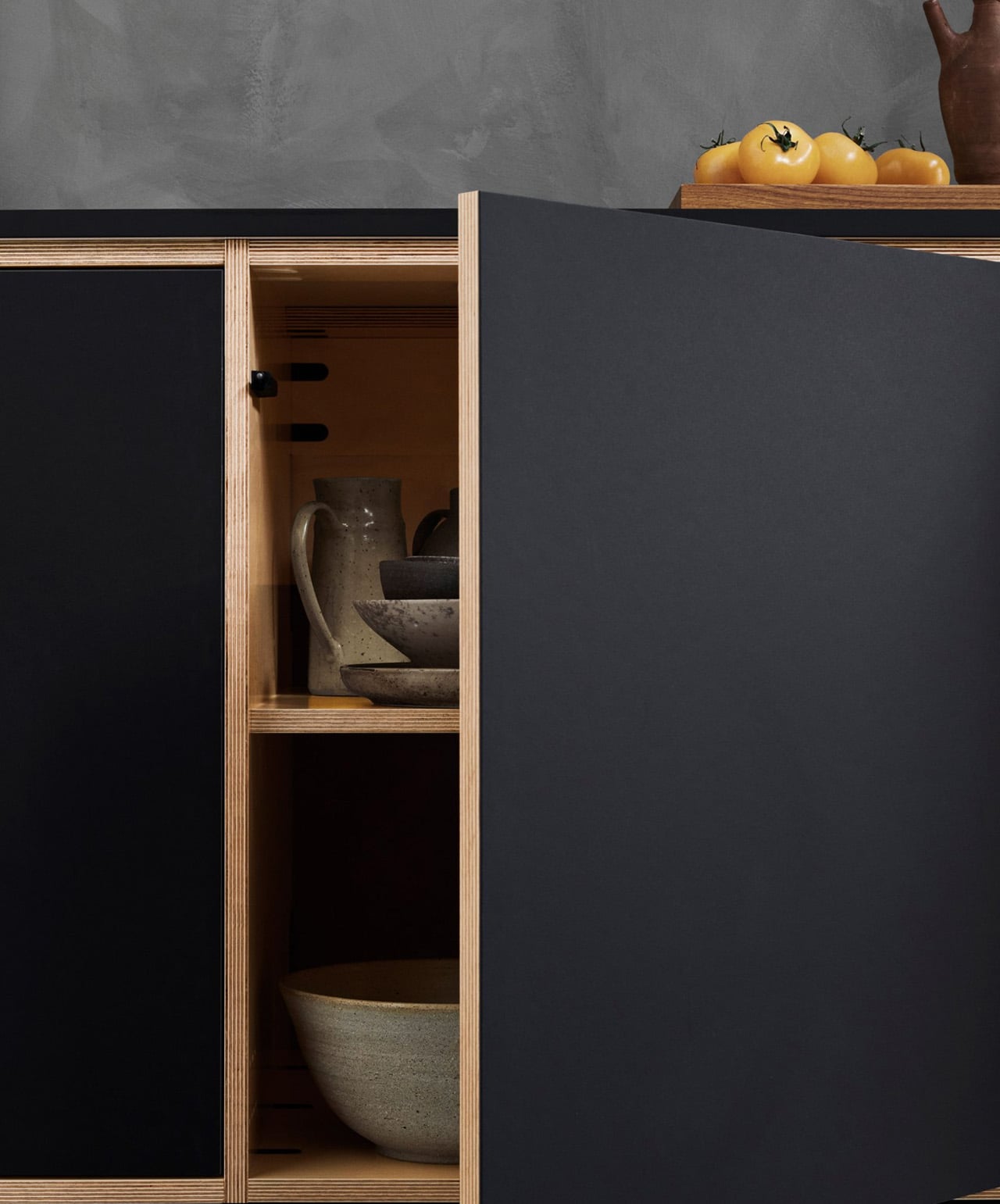
Now, how has Stykka managed to increase LoopKitchen’s lifespan? The solution is simple yet ingenious. Each physical manifestation of LoopKitchen has a digital twin! This is basically a visual representation of the product. Each digital twin is linked to the actual LoopKitchen and can be accessed via a QR code located beneath the sink. The owner has to simply scan the QR code, and since the digital twin is linked to Stykka’s online maintenance platform, Stykka is instantly informed which front or part of the kitchen needs to be replaced. Hence, owners can replace parts of LoopKitchen once they are worn out or damaged, and Stykka simply recycles or reuses the broken-down bits. In fact, you can also exchange the kitchen’s old parts for new colors, if you’re looking for a bit of a change! Stykka utilizes a digital manufacturing platform to manufacture the kitchens on a “print to order” basis, which basically means that kitchens are produced only once they are ordered, hence eliminating the risk of overproduction and excessive waste.
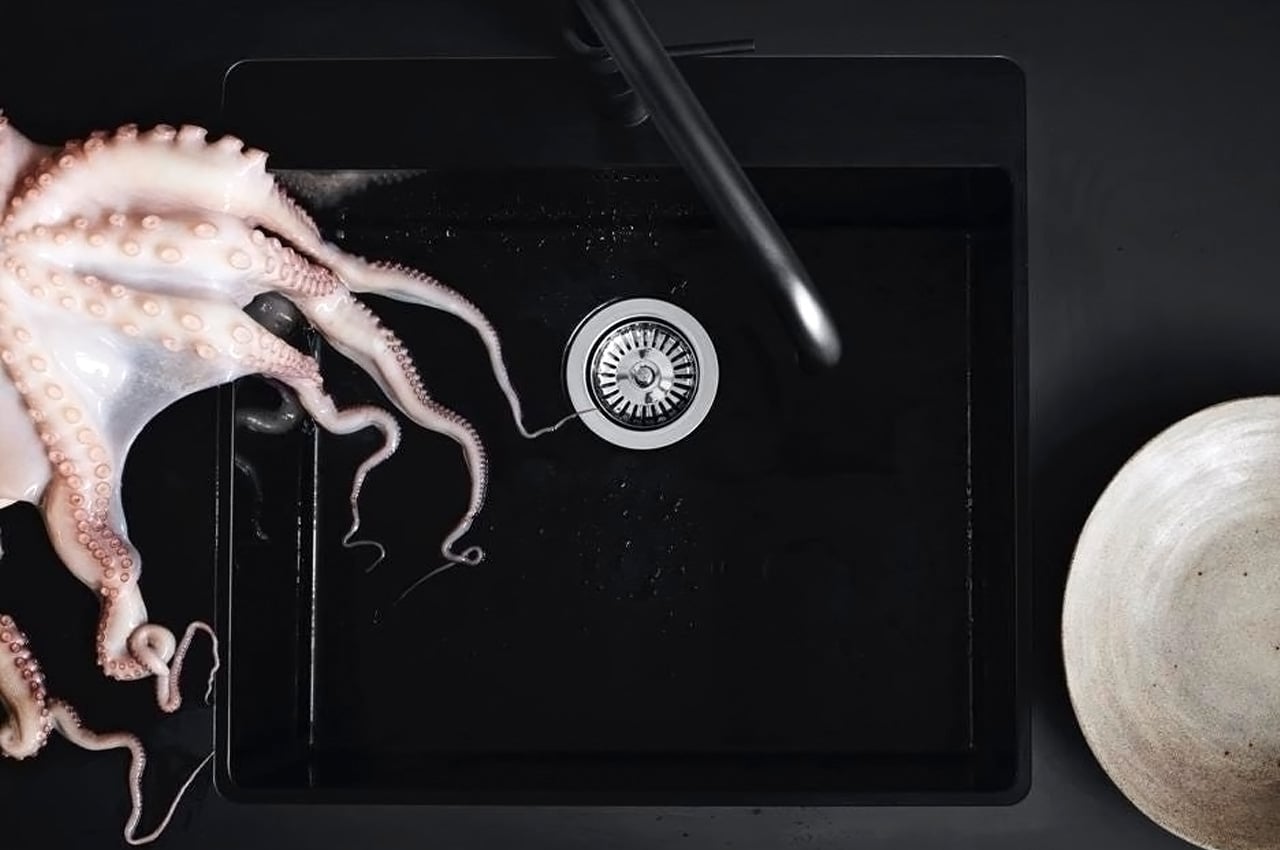
Another intriguing feature of LoopKitchen is that Stykka has only placed a single wall between cabinets, instead of having a double wall, as is seen in most kitchens. “With this simple move we saved more than 15.8 percent of materials,” said Stykka. In a world where excess is valued, and everyone’s always trying to go overboard and outdo each other with their possessions, the LoopKitchen is a refreshing furniture design that lays immense value on minimalism and recyclability. Designs like the LoopKitchen are the future of contemporary kitchens.
